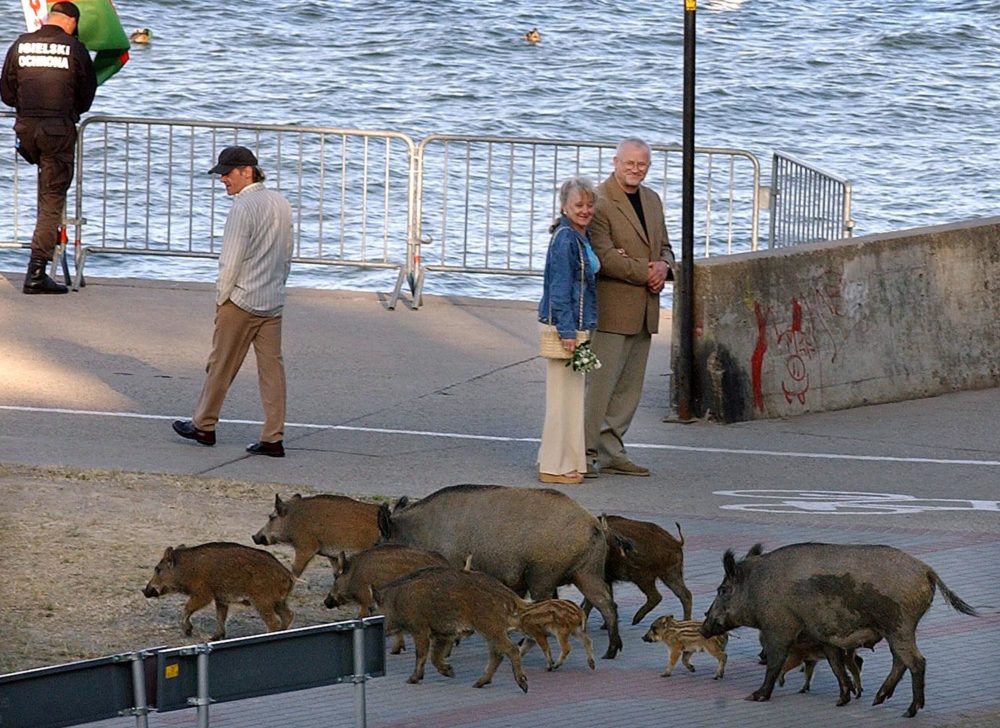A new long-term study from the Uniwersytet Jagielloński in Poland seeks to understand how public opinion of wildlife in cities has changed over a decade. Researchers distributed surveys to residents of Krakow, Poland, in 2010 and 2020, to understand how a shifting modern environment is affecting both humans and animals alike.
As Europe undergoes changes to land use policy, more and more interactions between humans and wildlife are being reported. Natural habitat is shrinking due to urban development, which forces wildlife to move into cities and other urban areas. Responses to the 2020 questionnaire found an increase in sightings of animals such as hedgehogs, red foxes, roe deer, stone marten, wild boars, brown hares, red squirrels, and more.
Citizens tended to prefer certain species over others: species such as foxes, squirrels, and hares were generally more well-liked than species such as boars and rats. Ultimately, the attitude towards urban wildlife in Krakow remained positive, with many respondents citing exposure to wild animals in childhood as the driving factor of their perception of animals as adults.
Despite an increase in human-wildlife interactions, people still feel that cities are not an appropriate place for wildlife. The researchers felt that a citizen education initiative to increase the general public's knowledge of urban wildlife species would be beneficial for both human safety and wildlife conservation, and that awareness campaigns are needed to protect both sides.
Basak, S.M., Hossain, M.S., O'Mahony, D.T., Okarma, H., Widera, E., Wierzbowska, I.A. Public perceptions and attitudes toward urban wildlife encounters - A decade of change. Science of The Total Environment 834, 2022. doi:10.1016/j.scitotenv.2022.155603 https://www.sciencedirect.com/science/article/pii/S0048969722026997


No comments:
Post a Comment